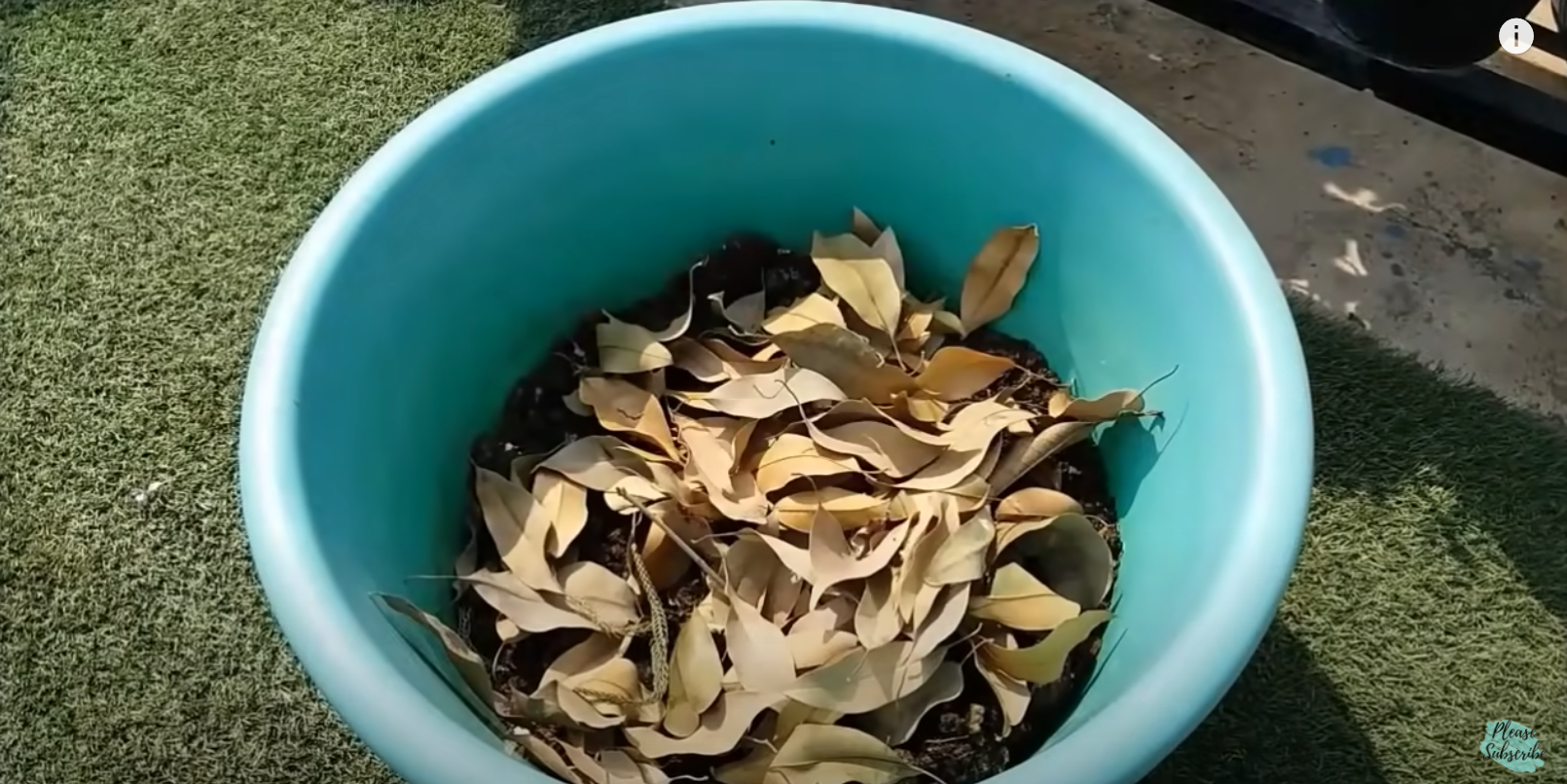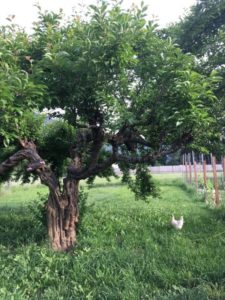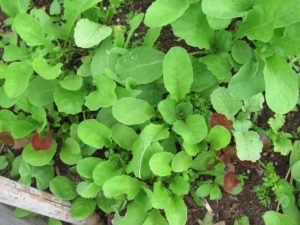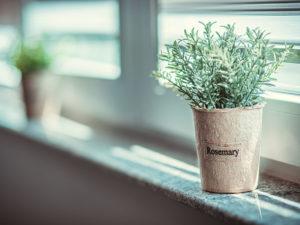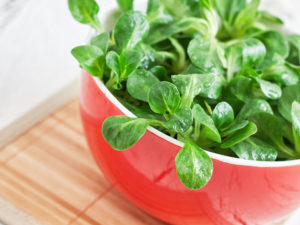Garden compost is plant food made from decomposed organic material such as dead leaves, grass clippings, kitchen waste from fruit and vegetables, and discarded paper and cardboard, among other things.
Using compost in the garden helps to minimize soil erosion, and enriches the soil by adding essential nutrients such as fungi and bacteria, which are needed for healthy plant growth. Ground cover plants like the Japanese forest grass also helps with soil erosion.
Composting is an environmentally friendly way of using waste materials. Recycling kitchen leftovers and scraps, and excess paper materials cuts down on household waste and reduces the need for landfills.
Understanding the Composting Process
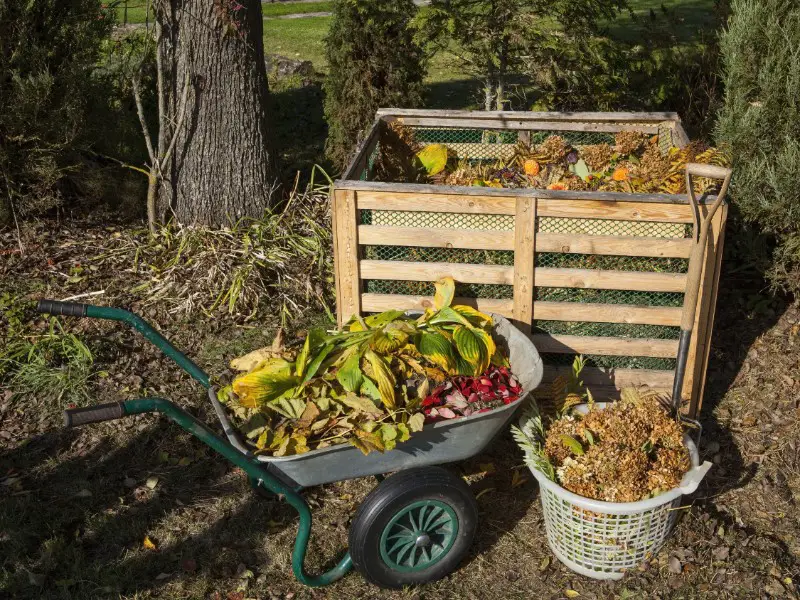
The composting process requires four crucial elements:
Brown and green organic matter: Organic matter consists of plants and animal manures. Brown organic matter is made up of dead leaves, twigs, dead plants, and manure. Green organic matter is made up of grass cuttings, rotten fruit and vegetables, and fruit and vegetable peels.
A mixture of brown and green organic material, in a ratio of 1:1, should be used to make compost. Brown organic matter provides carbon, and green organic matter provides nitrogen for the soil, both essential gasses in the composting process.
Oxygen: The organic material should be cut or shredded into small pieces to increase the material’s surface area, thus allowing oxygen to circulate more easily. During the composting process, heat builds up in the center of the pile of material. Oxygen is necessary to help raise the temperature, which speeds up the composting process.
Moisture: The composting process requires a certain amount of moisture for decomposition to occur. The composting material should be kept damp, but not sodden.
Bacteria: Bacteria cause organic matter to decompose. In the right conditions, bacteria grow naturally and are an essential component of the composting process.
The composting process takes between one and three months, depending on the size of the pile and how often it is turned.
What Can You Compost?
- Fruit and vegetable waste
- Eggshells
- Shredded paper and old newspapers
- Cardboard
- Teabags
- Coffee filters and coffee grounds
- Nuts and nutshells
- Leaves
- Lawn cuttings
- Plants
- Garden trimmings and offcuts
- Wood chips and offcuts
- Sawdust
- Straw and hay
- Wool and cotton items
- Ashes
- Animal fur and human hair
Kitchen waste should be stored in a plastic bag in the fridge and garden material should be stored in a pile under a tarp, or in a sheltered spot, until you are ready to add it to the compost pile.
What Shouldn’t You Add to Your Compost Pile?
The following items shouldn’t be added to your compost pile because these items rot and make the compost smell bad. When organic matter decomposes, it breaks down into its individual components that provide nutrients for plants. The following items aren’t organic. When they rot, they decay and produce harmful organisms that can destroy healthy plants.
- Raw meat or fish
- Dairy products
- Pet waste
- Cooking fats and oils
How to Make Compost (Step-by-Step)
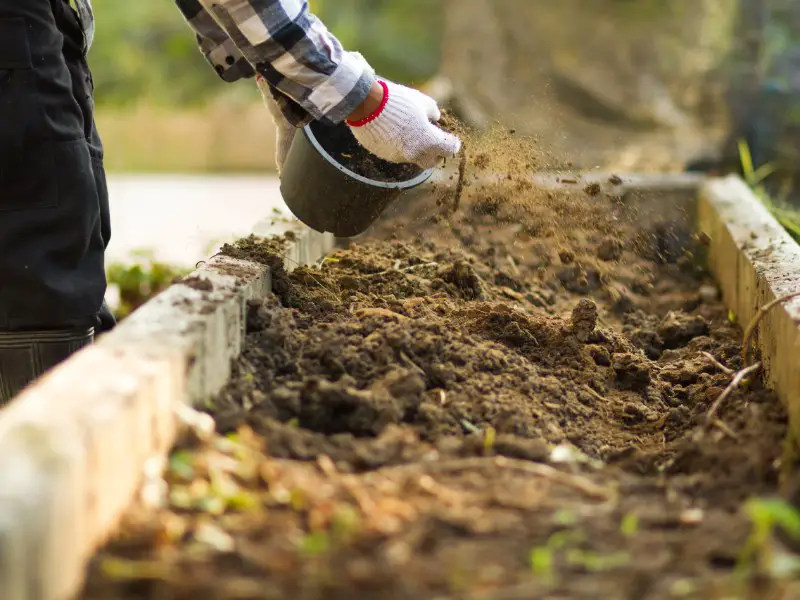
Here is a great recipe for compost:
- 1 part dry leaves
- 1 part other brown organic matter, such as dried twigs, pine cones, and pine needles
- 1 part green lawn trimmings
- 1 part fruit and vegetable waste
Follow these steps to make compost at home:
1.Choose Where to Make and Store the Compost
Compost can be made in an open pile or in a specially designed compost bin. A bin is neat and clean, keeps pests and animals away from the compost, and efficiently holds in heat which is needed for making compost.
There are many types and styles of compost bins available from gardening stores, or you can make your own bin. We like to use a 3 bin compost system. Base the size of the bin you select on the amount of waste you generate and the amount of compost you wish to produce.
2. Choose Where to Place the Compost Bin or Pile
Choose a sunny spot with good drainage. Your compost bin should be in an easily accessible position that is convenient for you to get to at all times.
3. Add Alternate Layers
Start with a layer of coarse brown organic matter, such as twigs and dried pine cones, to allow air to circulate. Add a layer of soft brown materials, like leaves and pine needles. The top layer should be a mixture of green materials, like food scraps and lawn trimmings.
Continue to add organic matter in layers of brown and green to ensure an adequate supply of carbon and nitrogen.
4. Continue Adding Organic Waste as It Accumulates
Keep a container or a plastic bag in your fridge to store food scraps and fruit and vegetable waste. Empty the container onto the compost pile as soon as the container is full.
Keep a garbage bag in your yard for leaves and garden waste. Empty the bag onto the compost pile when it is full.
5. Caring for Your Compost Bin
Each time you add new organic matter to the compost pile, stir the new material into the compost to mix it in with the lower materials that have already started to decompose. This will aerate the pile and speed up the decomposition of the new material.
Maintain the correct moisture level. The compost should be damp, but not completely wet. Organic material that is too dry doesn’t decompose quickly enough. Material that is too wet rots and starts to smell bad. If the pile is drying out, add only enough water to dampen the material, and mix the pile well after adding the water.
Once the bin is full, stir the compost every two weeks to aerate the material, to speed up the decomposition process, and to prevent bad odors.
Using Compost in Your garden
To tell if the compost is ready, check the color. A dark brown color tells you that the compost is ready to be used. The compost at the top of the bin will be ready first when it is eight–12 weeks old. Use the top half first, and leave the bottom half to continue decomposing.
Compost can be added to your garden during spring, summer, and autumn.
Sprinkle a light layer of compost on the lawn once per season, at any time of the year.
Flower beds, trees, and shrubs need a light layer of compost sprinkled over the soil. Lightly dig the compost into the soil. Compost can be added to vegetable gardens and vegetable patches in the same way.
When planting new flowers or trees, adding compost to the hole before planting gives the new plant added nutrition and boosts growth.
Types of Composting Bins
There are many types of composting bins. The most popular and common bins are:
- Basic composter — A basic composter is a bin that is a complete, wooden or plastic unit with a lid. The basic composter is easy to maintain, keeps your compost neat and tidy, and contains odors. The basic composter’s small size makes it an ideal composting bin for small gardens and yards
- Spinning composter — A spinning composter is a wooden or plastic unit hung on a raised frame, and has a handle to easily stir the compost. Stirring the compost regularly helps to distribute the heat that builds up in the center of the compost, speeding up the decomposition time. The handle of the spinning composter needs to be turned regularly
- Worm composter — A worm composter is an enclosed plastic unit with ventilation and drain holes, and usually raised off the ground. Worms live in the bin and feed off fruit, vegetable scraps and peelings, and other kitchen waste. A worm composter is an environmentally friendly way to deal with kitchen scraps. Since worm composters don’t smell bad, they make good indoor composting units, and are ideal for apartment dwellers with limited space. Just be sure to keep your worm composter clean
- Homemade compost bin — You can make your own compost bin out of wood or wire. Wooden pallets or scrap lumber are perfect for a homemade composting bin. You can construct your bin according to your needs, making it the appropriate size for your available space
Benefits of Gardening With Compost

Gardening with compost is popular because it benefits not only your garden but the environment and your wallet too.
Adds Nutrients to the Soil
Compost contains many nutrients that are beneficial to the soil. By adding compost to the soil, the soil is better able to feed and nourish plants, encouraging rapid growth.
Retains Moisture in Soil
Compost helps the soil retain moisture by binding the particles of soil and reducing water run-off.
Reduces Disease in Plants
The enzymes and hormones in compost promote plant health and help to protect plants against disease.
Environmentally Friendly
Composting is a biodegradable way of disposing of waste material, reducing the need for landfills, and protecting the environment.
Saves Money
Composting eliminates the need for commercial fertilizers, which saves you money.

